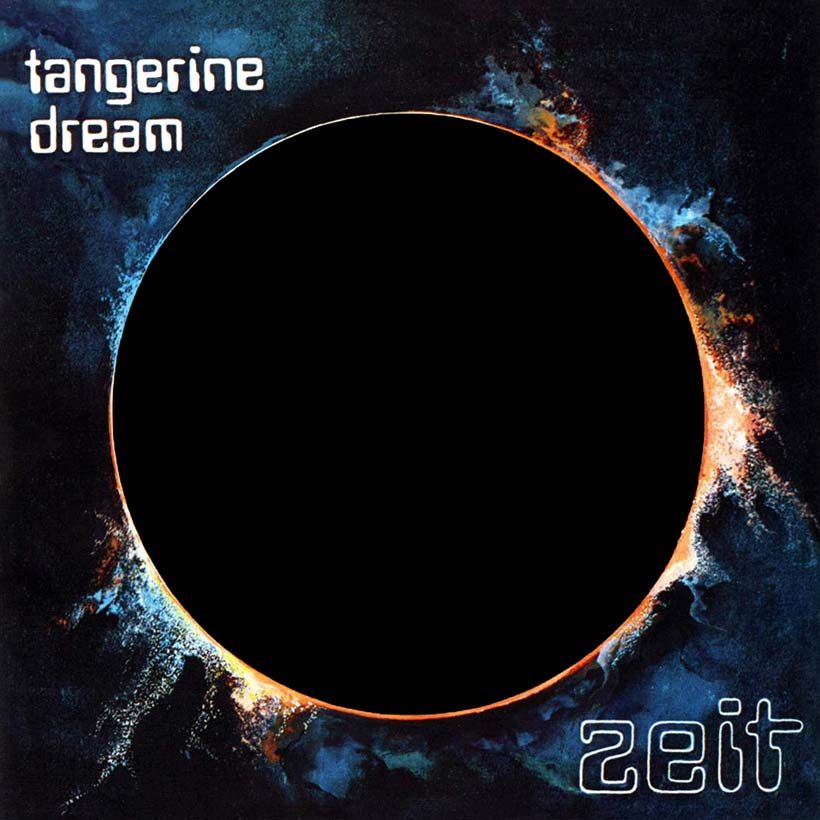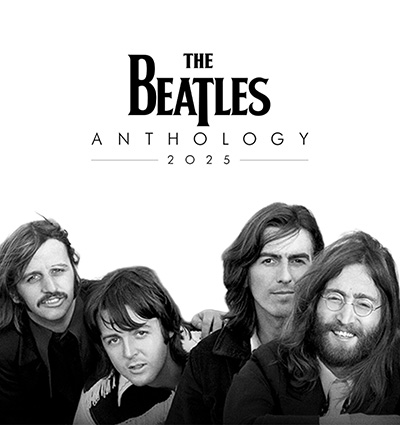‘Zeit’: How Tangerine Dream Brought Ambient Music To The World
Tangerine Dream’s third album, ‘Zeit’, arrived a full year ahead of Brian Eno’s ambient music, introducing the band’s spectacular music of the spheres.

Glued together from dissonant elements of musique concrète, jazz-rock improvisation, and prime mover Edgar Froese’s primitive tape collages, Tangerine Dream’s 1970 debut, Electronic Meditation, bore scant relation to the eerily pristine proto-electronica with which the pioneering German outfit would shortly become synonymous. However, while it was still largely driven by organic instrumentation, including flutes, Froese’s Hendrix-ian guitar squalls and newly arrived second lieutenant Christopher Franke’s drum kit, the band’s second LP, Alpha Centauri, featured a significantly heavier reliance on emerging electronic technology and layers of atmospheric keyboards, paving the way for their third LP, Zeit.
Listen to Zeit on Apple Music and Spotify.
Less impenetrable than the sometimes willfully obscure Electronic Meditation, Alpha Centauri provided an unlikely commercial breakthrough for Tangerine Dream, as it sold a healthy 20,000 copies on release in November 1971. Yet, while Alpha Centauri signaled that the Berlin band were taking their first brave strides into the future, the record’s contents only barely hinted at the giant leap Froese and co would make with Zeit, released on August 2, 1972.
Often (and quite correctly) cited as a landmark release in Tangerine Dream’s illustrious canon, Zeit remains an important touchstone for two specific reasons. It was the first TD LP to feature both the band’s “classic” 1970s line-up of Froese, Franke, and Peter Baumann, as well as widespread usage of their future staple, the Moog synthesizer. More presciently, though, it could also credibly be argued that Zeit was the world’s first fully realized album of ambient music, as it arrived in the shops a whole calendar year prior to Robert Fripp and Brian Eno’s similarly ground-breaking (No Pussyfooting).
Regardless of its stellar reputation, Zeit (“Time” in English) remains a significant challenge for all save the most avid of listeners. A double-disc set running to 75 minutes, it came housed in an enigmatic sleeve depicting a total eclipse; the music it contained was – and remains – the very epitome of brooding starkness.
Crucially, though, it was also compelling. Frequently evoking the vast, weightless atmospheres of outer space, Zeit featured four mysterious, drone-based movements, each lasting the entirety of one side of vinyl. Featuring ominous Moog (played by guesting Popul Vuh mainstay Florian Fricke) and jarring clusters of strings from the Cologne Cello Quartet, the glacial “Birth Of Liquid Plejades” was perhaps Zeit’s most otherworldly offering, though it barely shaded the bleak, monolithic “Nebulous Dawn,” the insistent, pulsing “Origins Of Supernatural Probabilities” or the title track’s genuinely spooky neo-choral washes.
Zeit may have beamed in strange news from a very different star, but its alien presence was welcomed by the wider pop universe. Its successor, 1973’s notably more accessible Atem, brokered Tangerine Dream’s international deal with Virgin Records. But while that was a fine record on its own terms, it couldn’t touch Zeit’s spectacular kosmische musik of the spheres.
Buy the 16CD and double-Blu-ray release, In Search Of Hades: The Virgin Recordings 1973-1979.















Jan
August 6, 2016 at 7:38 pm
Zeit is vast and Zeit is a hard listen. You have to take time for it and you have to be in the right mood. But the music is so huge that it is almost hard to believe it fits on a double album. For me Zeit is still the best way space is represented.
James
August 21, 2023 at 11:46 pm
After 50 years I am able to listen to the Album. It messed with my head so much , on previous attempts I turned it off.. I did have the cd’s.
I notice many parts of this presentation used techno music . Switched on Bach was my first eltronic album .